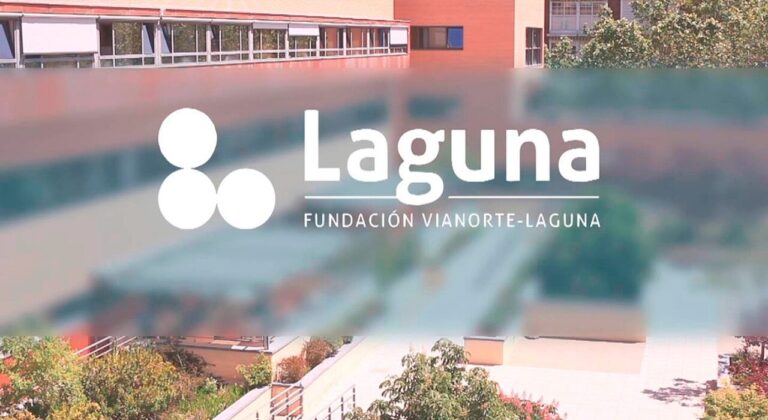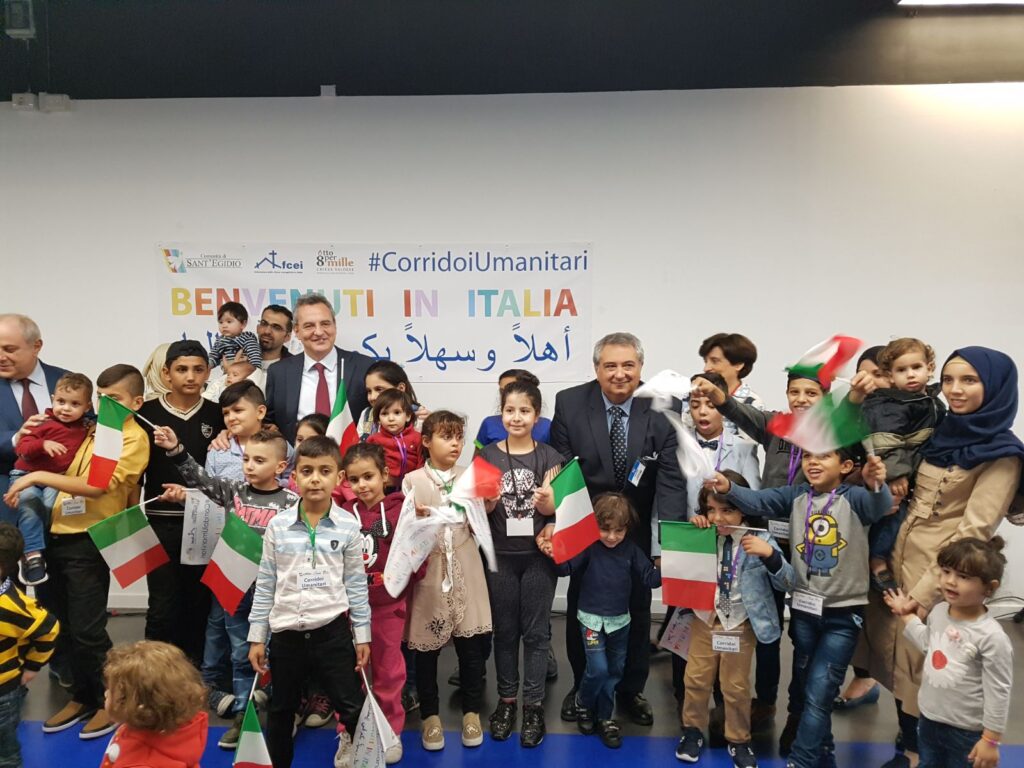Rome.— “I was in Lampedusa two days after the great shipwreck. 172 bodies had to be recovered. That October 5, 2013 we decided to ‘invent’ “Humanitarian Corridors” to be able to continue acting like human beings.” These were the words of Mario Marazziti at a workshop on migration put together by the Pontifical University of the Holy Cross last month, here in Rome. His testimony sheds light on the conception and development of an initiative that has managed to settle thousands of migrants and refugees in Italy.
“In order to overcome prejudices about migrants and to melt the hardness of our hearts, we should try to listen to their stories. Give each of them a name and a story.” These words of Pope Francis from this year’s World Communications Day served as the backdrop of the recent Communications on Migrants and Refugees Workshop. It was the third edition of the initiative aimed at journalists and promoted by Communication Department of the Pontifical University of the Holy Cross and ISCOM Association, in collaboration with the Migrant and Refugee Information Committee.
The objective of the workshop is to promote an authentic understanding of the migratory phenomenon without starting from polarized or sterilely divisive narratives, while respecting the dignity of the people involved. All this contemplated in a particularly complex geopolitical and geostrategic context –the crises in Ukraine, Libya, Afghanistan, Yemen–, with important repercussions on the phenomenon and their media coverage.
Among other speakers, Mario Marazziti, from the Community of Sant’Egidio, spoke on the importance of “authentic welcoming” and “true integration”. Marazziti colored his reflections with the story of the Humanitarian Corridors, which began as a personal initiative and which have evolved into a major collective effort (chronicled in more detail in the book Porte Aperte: Viaggio nell’Italia che non ha paura, 2019).

“With the help of sponsors and civil society – said Marazziti – 4,500 refugees have resumed their lives in Italy and the rest of the continent thanks to Sant’Egidio, the Protestant Church, the Catholic Church, ordinary citizens and an integration model available to governments. In today’s world, ‘humanizing’ can no longer be an extraordinary event.” In the face of hostility campaigns and sovereignist propaganda, he added, it is necessary to give a voice to an Italy “that cannot be seen, that is not known”. A country – Marazziti stressed – that is already being rebuilt with the arrival of the refugees in mind, who are here safe and sound thanks to the Humanitarian Corridors. This is the work of “ordinary people, who work for reception and integration at their own expense, dedicating time, money and manpower.”
No public funding
The work of the Humanitarian Corridors, which operate under an agreement with the Italian government, begins in the countries of origin, where contact is made with people who want to leave. A list is submitted to the Italian authorities, who, after checking the documentation, grant the applicants humanitarian visas that allow them to enter Italy safely and legally, and to submit an asylum application. The trip, their welcome into collective or private homes, the children’s schooling… is all paid for by the Corridors’ advocacy associations. Of the 4,500 refugees who have arrived in Italy through the Corridors, the majority are Syrians and Africans.
At the center of this story are the stories of people who, overcoming mistrust, have in various ways welcomed others fleeing war, persecution and death. A network that has expanded and has become a model of integration. Marazziti toured the entire country, from Treviso to Palermo, visiting cities and towns, gathering experiences of the type of reception that works and does not require public funding and that, while offering a new life to refugees, revives local communities through their participation in a common project. They are, he said, operational proposals “for an alternative future to walls and closed ports; antidote against unbridled narratives of hate, intolerance and aggression, which are obstacles to seeing ourselves in strangers”.
Marazziti concluded: “The coming to be of the Humanitarian Corridors is part of the great phenomenon of migratory movements within each continent and between continents, highlighting the urgency of providing concrete responses to the flows of displaced individuals from countries devastated by war to Europe. The Humanitarian Corridors are a response, founded on a legal basis and according to international standards and European regulations, unfortunately quashed by political options focused on the defense of borders and national identities”. Humanitarian corridors are necessary precisely because of the inadequacy of European immigration and asylum systems, that result in refugee camps, financed by Europe beyond its borders, in countries that do not respect migrants’ rights and where humans trafficking is commonplace.
In the words of Marazziti: “The extraordinary merit of the Humanitarian Corridors is that they have created an opening amidst the absence of any European reform in this field, and they have proved to be a viable and effective path and model for safer immigration, where human trafficking isn’t a risk”. The experiment worked and a model has been developed that can be replicated in other countries, such as France and Belgium.
Translated from Spanish by Lucia K. Maher
